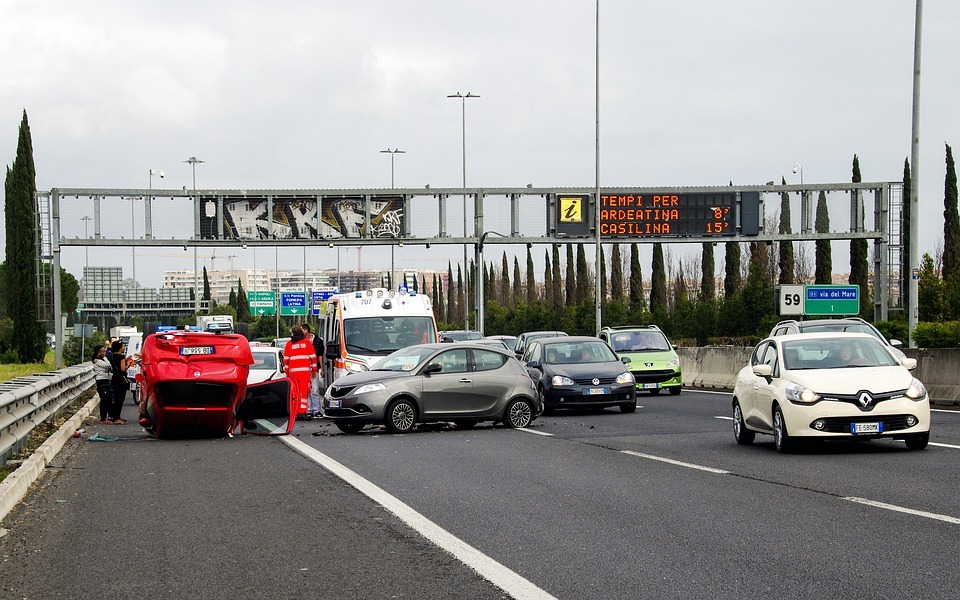The rear-end vehicle is always at fault for a rear-end accident. Statement of fact? Or urban myth?
Contrary to popular belief, liability isn’t automatically conferred to the rear vehicle driver and occasionally another driver or the driver of the lead vehicle is at fault. Let’s look at some examples.
Brake Lights Out
Cases where the lead driver is held liable include driving with broken or non-functioning brake lights. If the brake lights are not on, the car that slams into the lead car is obviously not liable. The same is true if the lead driver puts the car into reverse and backs into the rear vehicle.
DUI
Driving while impaired by alcohol or other substances can also cause slow reaction times for the lead driver or drivers in oncoming traffic, and if it’s proven that the driver was indeed under the influence, he or she will be considered at fault. Abrupt stopping and starting and swerving over the line into oncoming traffic could put either the lead driver or the driver in the approaching vehicle at fault.
Distracted Driving
Driving while distracted is also considered the fault of the lead vehicle if it causes erratic driving behavior. Speeding, driving while eating, talking on the phone, and texting while driving spell negligence on the part of the driver.
Consider this: reading or attempting to send a text message takes your attention off the road for only five seconds. But when you are traveling 55 miles per hour, that is the equivalent of driving with your eyes closed for the length of a football field. Once the driver’s gaze returns to the road, sometimes they have to overcompensate to avoid oncoming traffic or leave the pavement which can create a rear-end accident that becomes a liability for the lead driver.
Work zones also present a hazard. The New York State DMV states that rear-end accidents are the most common type of accident in a designated work zone. Driving at inconsistent speeds or being distracted in such conditions has led to more than one motor vehicle crash or even pile up.
Complicated Case? No Problem.
Car accident lawyers hear many complicated cases involving innumerable scenarios that don’t always lead to a conviction for the rear vehicle driver. Regardless of your situation, liability is determined by who was negligent.
Under negligence laws, the negligent driver is responsible for injury and damage caused to the other driver’s vehicle, person or passengers. A good car accident lawyer will help you prove negligence on the part of the other driver, which requires illustrating that the Duty of Care was breached.
The most basic standard of care for all drivers includes using reasonable care while behind the wheel, staying alert for obstacles in the road, other vehicles and pedestrians and controlling the movement and forward speed of the vehicle.
Proving negligence can be a tedious process; however, the reward can be substantial and you may receive compensation for medical bills and supplies, lost wages, loss of earning capacity, and more. Punitive damages may also apply if the at-fault driver was under the influence of alcohol or other substances.
Of course, the role of the defendant’s insurance company is to pay out as little as possible and your claim may be delayed or even denied. That’s why getting a car accident lawyer in your corner is the only way to ensure a fair settlement and put you and any other accident victims that were involved on the road to recovery.

